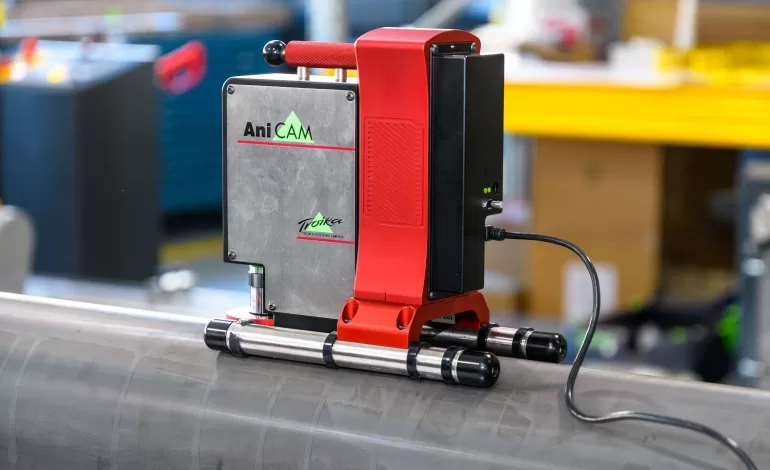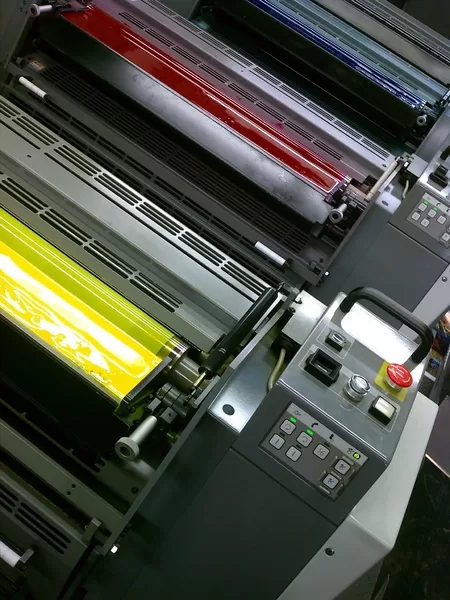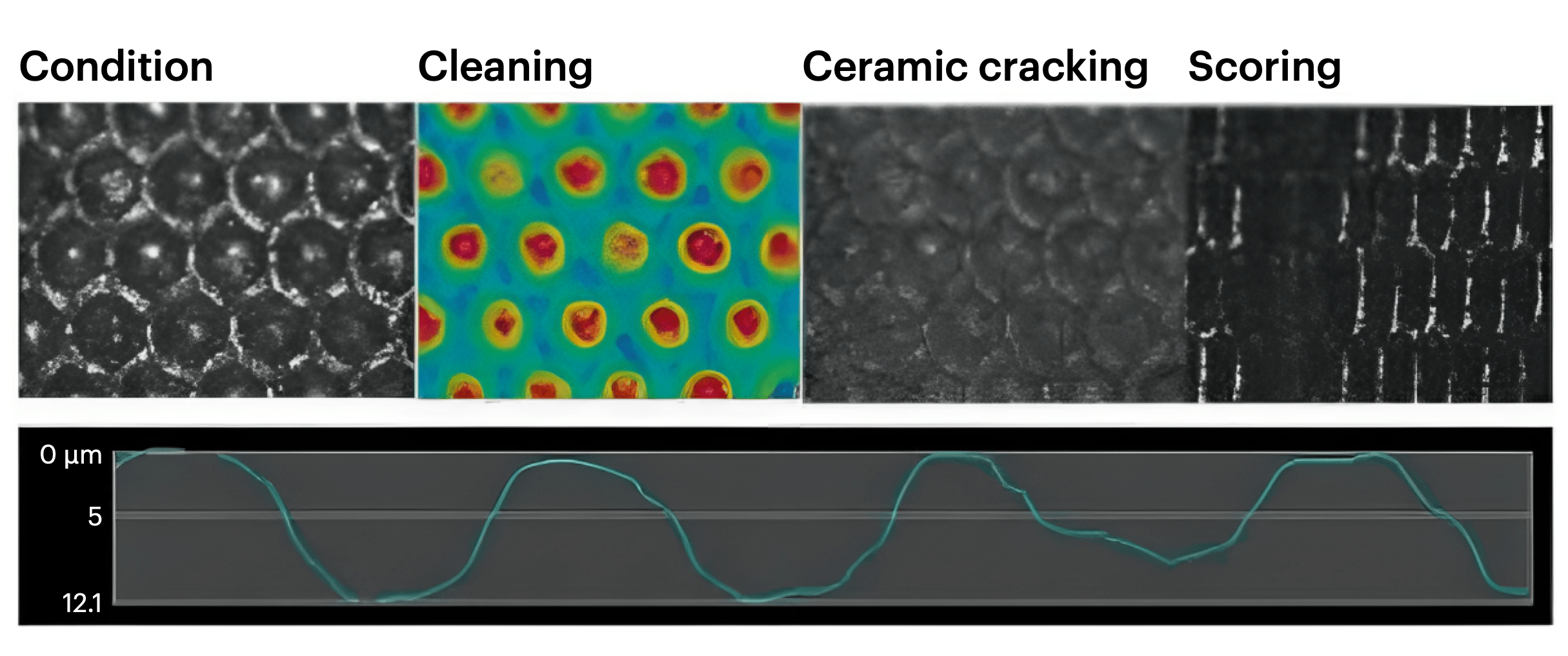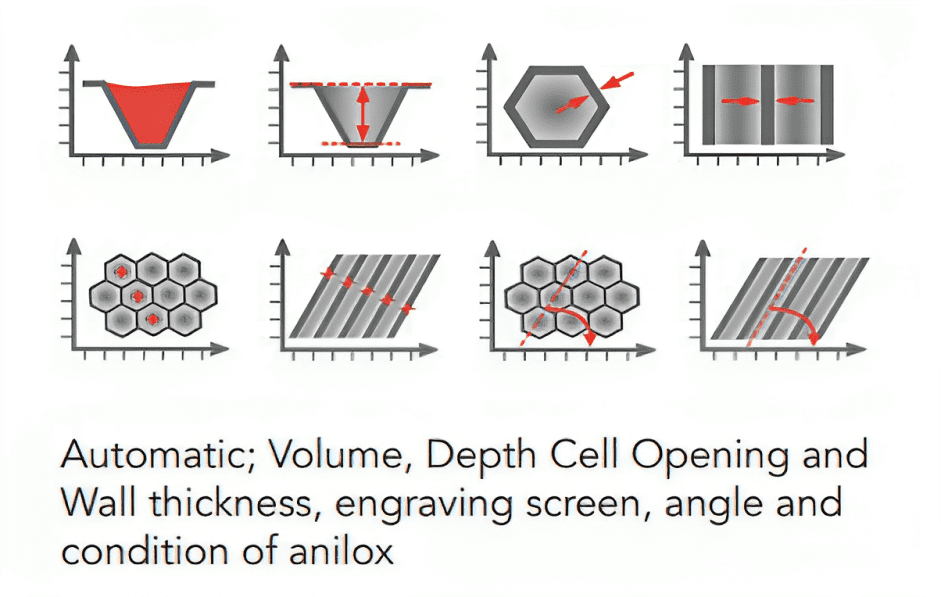The article was prepared and submitted to us by Troika Systems Ltd.
For many printers the anilox is a simple product to carry ink to their Flexo plate and it is not always seen as the cause for print errors. However, incorrectly engraved anilox will give different results from the rollers used in fingerprints, worn and dirty rollers will not deliver sufficient ink to allow the printer to hit density targets, and damaged rollers will evidently cause print errors with lines, dots or excessive ink transfer.
Advice from Jon Jordan, from Troika Systems on how to inspect anilox rollers:
- They recommend three important places for checking the health of anilox rollers.
- Minimum once of monthly measurements will allow the printer to track the wear and cleanliness of their anilox.
- Before the problem requires a job to be stopped for remedial action and
- Certainly every time the anilox are deep cleaned.
- Printers when they measure their aniloxes, should look for consistent volumes across the anilox and anilox to anilox, damage to the anilox cells, materials spend in extended job typically, physical damage caused by hitting the press or extra doctor blade pressure, poor cleaning, ceramic measurement/inspection, otherwise damage, usually caused by misuse or manufacturing error.
- Whatever device you use for measurement accuracy needs to be at least ± 0.1 cm³/m² and ± 1 μm. As a basic guide a 0.4 cm³/m² difference in volume across a process anilox, will yield approximately three delta-e. Therefore, in today’s demanding processes old methods are not suitable and use of modern electronic 3D scanning microscopes or interferometers is more advantageous.
- Measuring is only one element, reacting to the data and trends is also a must. Using a database allows you to store both measurements across each anilox, track the trend in wear and show you when to consider refurbishment, it is vitally important that the ink kitchen is aware of the current volume so inks are correctly calculated, which in extended job setups s reduces time and materials spend.
- Anilox should be clean prior to measurement/inspection, or you will only obtain is the known fact that the anilox is dirty, you will not obtain an accurate volume/depth or be able to easily see damage to the surface. It is suggested placing the inspection/measurement equipment alongside your anilox cleaning system and completing the analysis directly after cleaning. Anilox should be stored securely and preferably in a protective sleeve, when measuring make sure they are stable, it is commonly seen too many occasions where the anilox has been damaged by a fall, a rubber V block is ideal, log the data and analysis, there is no benefit in keeping a worn anilox just in case.
This is a three-part article series.
You can read the Second Article here: How to Inspect Anilox rollers – A Basic Guide Part 2





